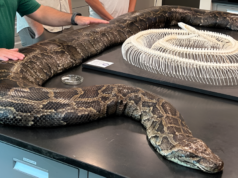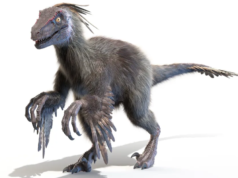
Imagine a world of freezing temperatures, crushing pressure and complete darkness. Welcome to the Atacama Trench. Recently, scientists uncovered a surprising inhabitant of this brutal environment: Dulcibella camanchaca. This fast-swimming predator, the first of its kind, was discovered in one of the most extreme habitats on Earth.
Shrouded in Darkness

The Atacama Trench is over 8,000 meters deep off the northern coast of Chile. In this food-scarce, pitch-black abyss, life finds a way. Despite its hostile environment, this trench is home to incredible creatures that have adapted to survive in unimaginable conditions.
Meet Dulcibella camanchaca
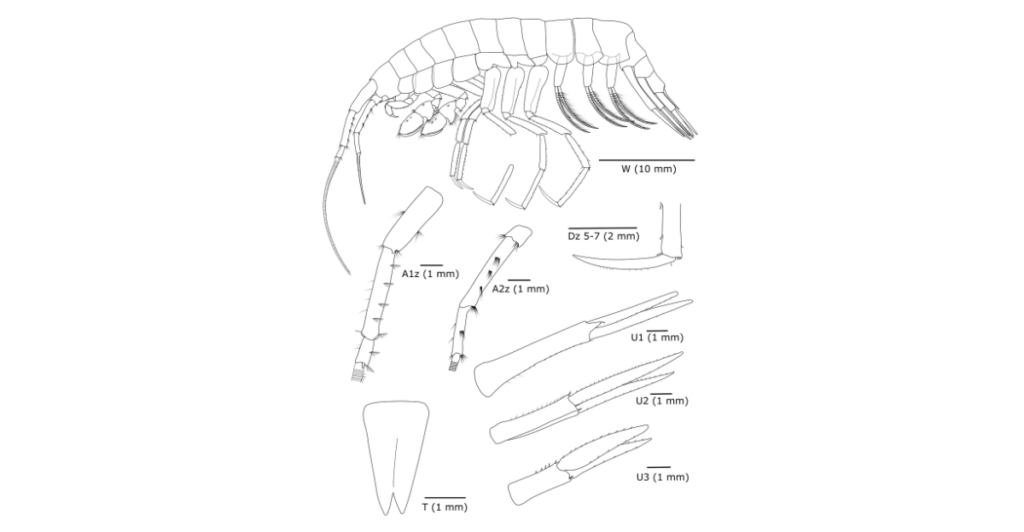
This shrimp-like predator measures just over 4 cm in length, but its size can be deceiving. Equipped with sharp, specialized limbs, it easily captures its prey. Remarkably, it is a fast swimmer—an unusual trait for creatures of the deep sea—and thrives in environments where most organisms cannot survive.
A Predator in Isolation
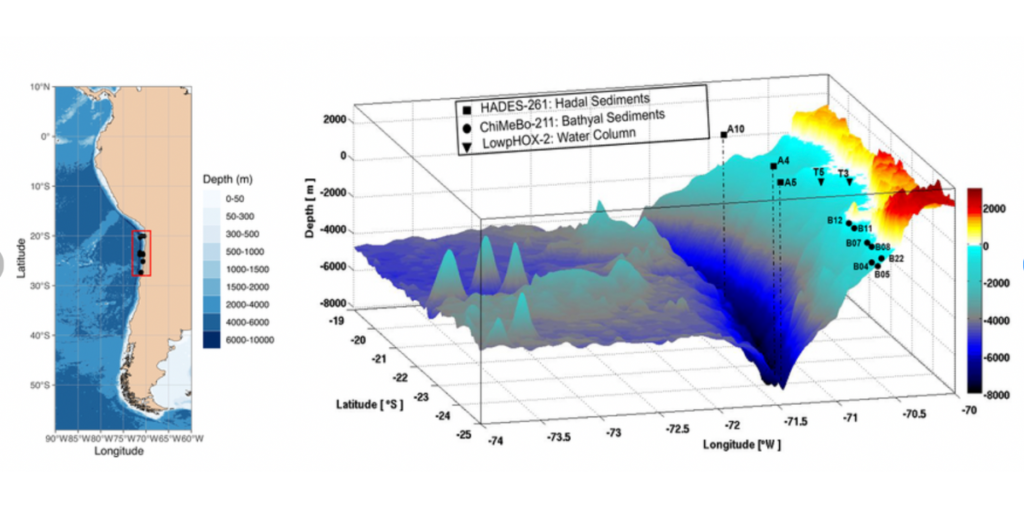
The Atacama Trench is cut off from other hadal zones, creating a unique, self-contained ecosystem. Dulcibella camanchaca isn’t just a new species—it’s part of a completely new genus, showing how isolated regions nurture one-of-a-kind creatures.
Naming the Species
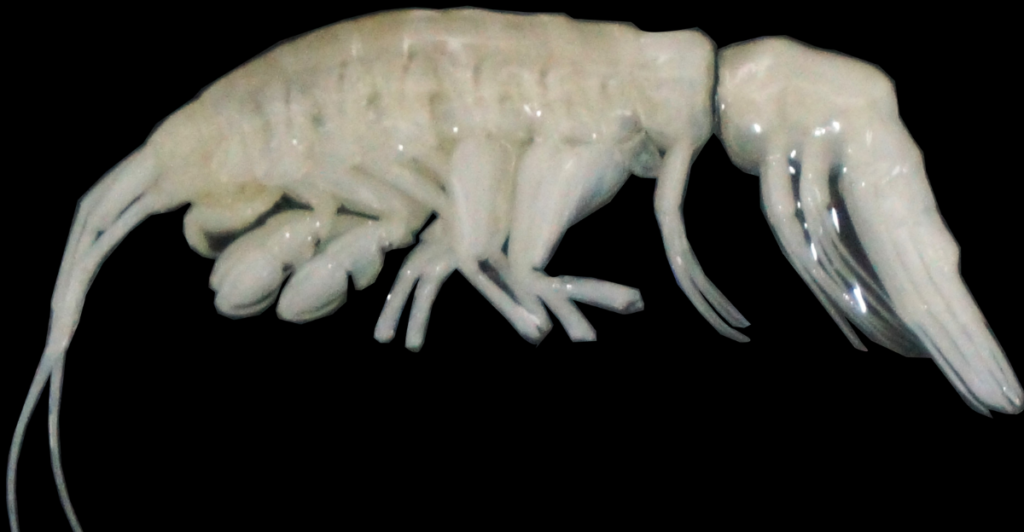
The name Dulcibella camanchaca reflects its somber home. “Camanchaca” means “darkness” in Andean languages, a reference to the infinite gloom of the ocean depths. This predator is as mystifying as its name implies.
A Groundbreaking Expedition
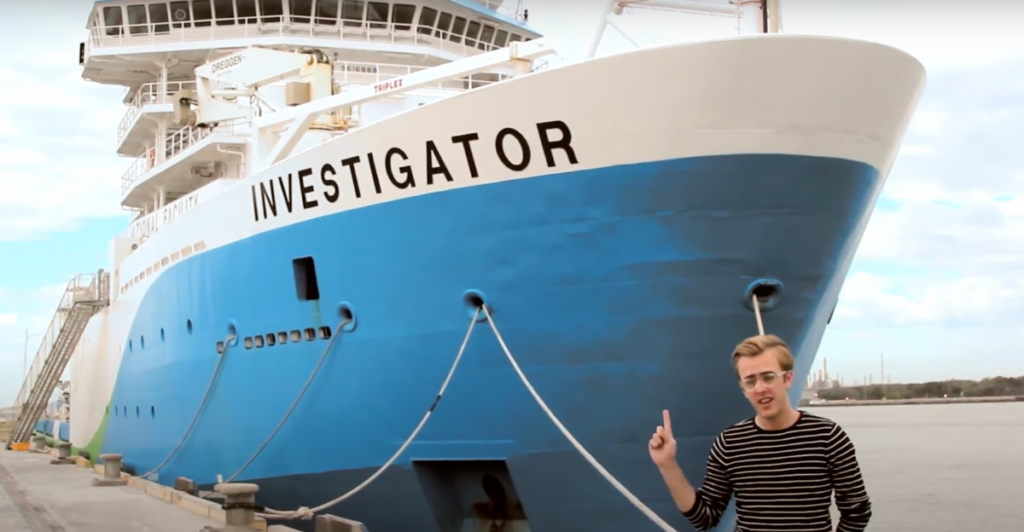
During the 2023 IDOOS Expedition, scientists aboard the R/V Abate Molina made an exciting discovery. They captured four specimens from nearly 8,000 meters deep using baited lander vehicles, proving that the hadal zone still holds surprises.
Analysis and Confirmation

Back at the Universidad de Concepción, researchers studied these specimens. By analyzing DNA and physical traits, they confirmed Dulcibella camanchaca is not only a new species but a new genus. This discovery highlights the ocean’s endless biodiversity.
Collaborative Effort

Revealing the identity of this predator required a global effort. Researchers from Chile and other countries worked together to unlock the secrets of the deeps seas. This collaboration shows us what’s possible with a little curiosity, science, and teamwork.
Why This Matters
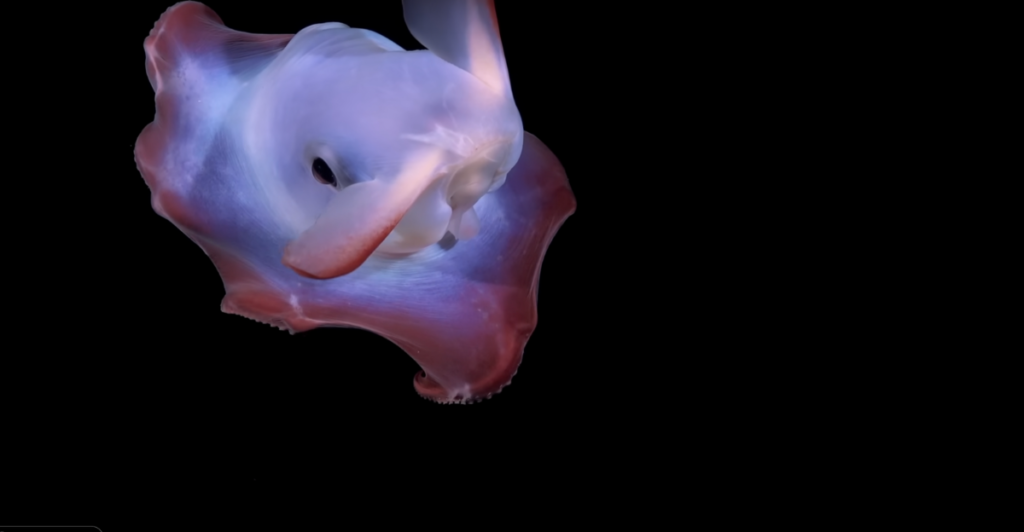
Why care about this tiny creature? Because it’s symbolic of all beings’ incredible ability to adapt. Studying these creatures helps us understand evolution, survival, and the fragile balance of deep-sea ecosystems that scientists are only beginning to understand.
Protecting the Deep

The hadal zone is not only fascinating, but also fragile. Pollution and climate change pose threats to its unique life forms. By exploring and understanding these regions, we can take measures to protect them for the future.
What Lies Ahead

The Atacama Trench still holds more undiscovered secrets. Every discovery brings us closer to understanding the deep sea. Who knows what else we’ll find lurking in these deep waters?
Conclusion

The discovery of Dulcibella camanchaca is a reminder of how much we’ve yet to explore. It’s proof that life endures even in the harshest conditions—and that the ocean still holds wonders waiting to be found.
Final Thoughts
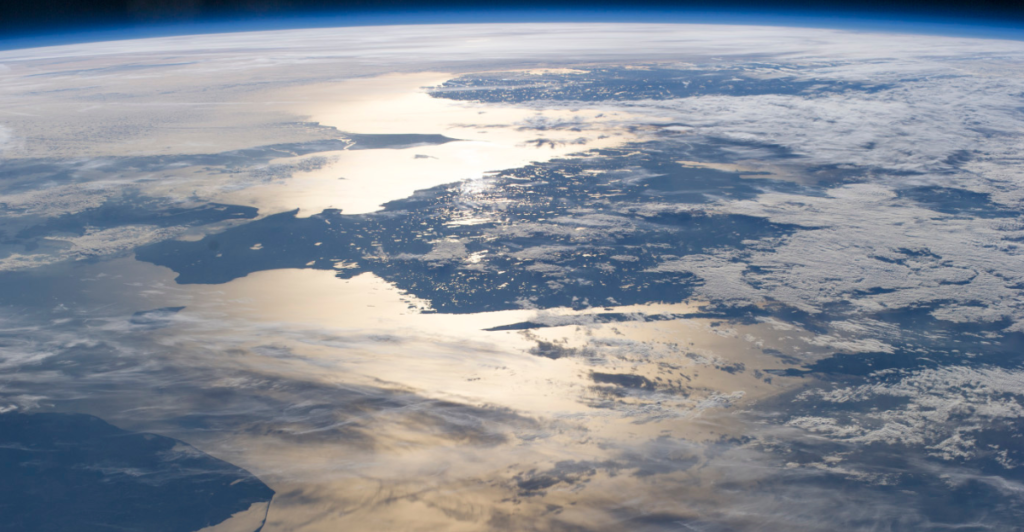
This is not just about finding new species. It’s also about protecting the fragile ecosystems of Earth and understanding all its corners untouched by human hands. The deep sea shows us there’s always more to learn and it’s essential to protect it.
Discover more of our trending stories and follow us to keep them appearing in your feed

California Is Breaking Apart: A Fault Line Is Forming Faster Than Anyone Predicted
Philanthropist Promises To Cover $771.23M Annually After US Exit From Climate Accords
California Is Splitting Apart: A Fault Line Is Forming Faster Than Anyone Predicted
“There Will Be Eruptions”: Concerns Mount as Yellowstone Supervolcano Activity Increases
References:
Reference 1
Reference 2
Reference 3
This article first appeared here
Stay connected with us for more stories like this! Follow us to get the latest updates or hit the Follow button at the top of this article, and let us know what you think by leaving your feedback below. We’d love to hear from you!


